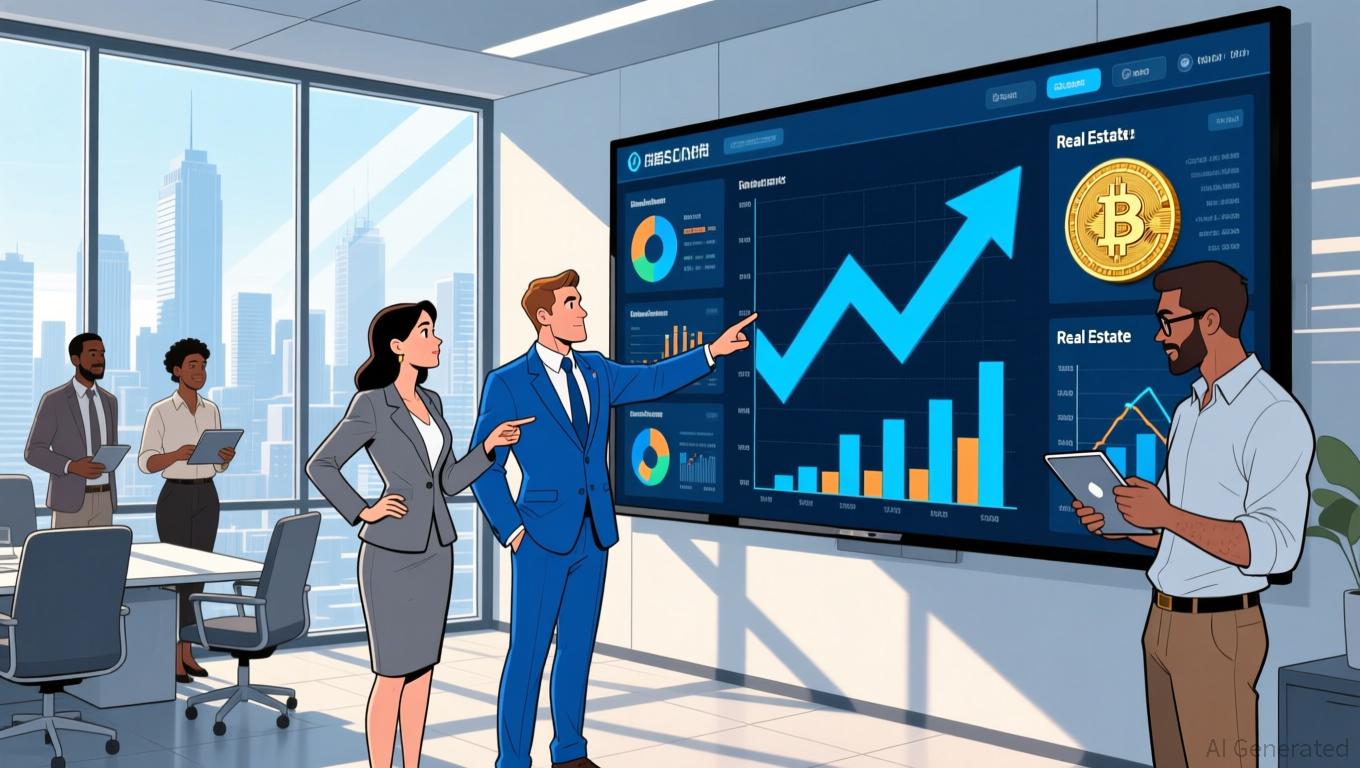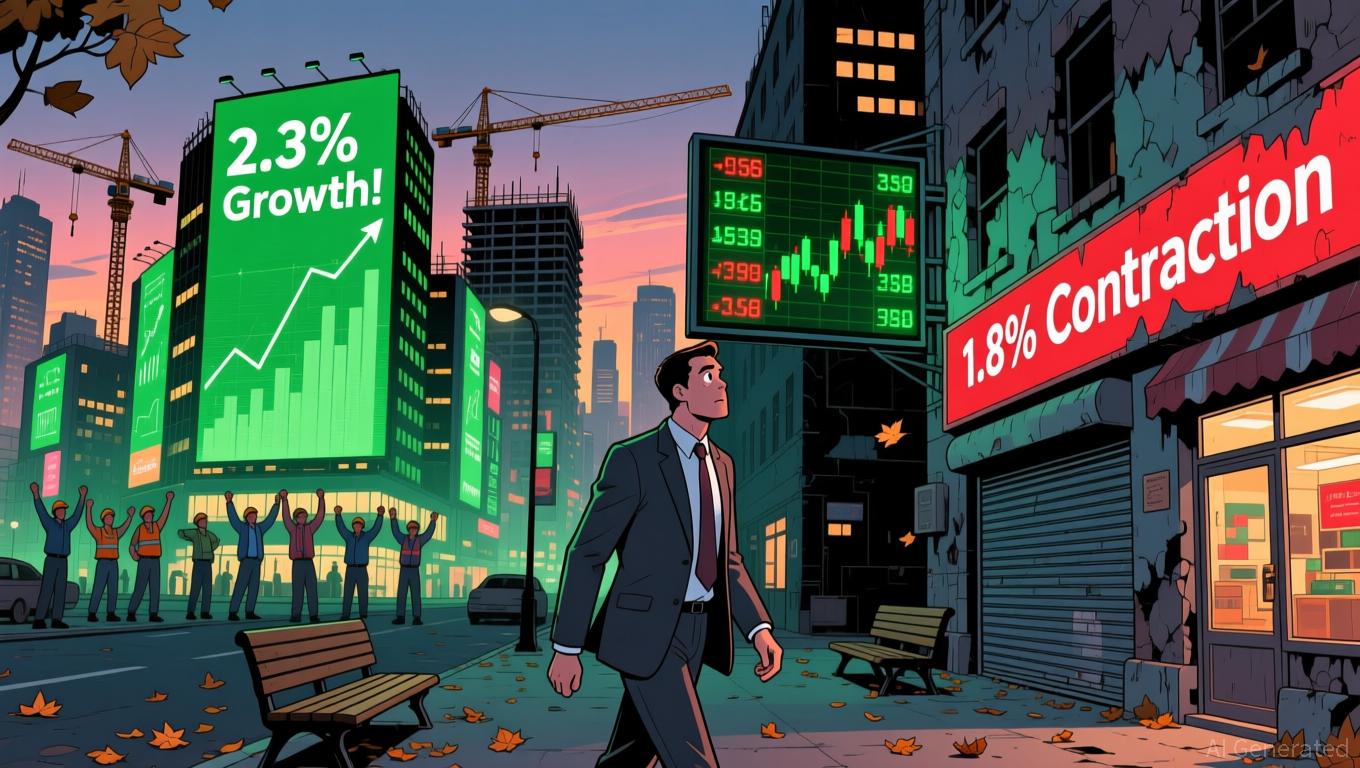What’s the Latest Outlook for XRP? Here Are the Critical Levels That Must Be Protected and Overcome
Cryptocurrency analysis firm MakroVision reported in its latest chart assessment for XRP that the asset's technical outlook remains weak.
Analysts argued that despite the recent recovery, the price could not stay above critical levels and selling pressure continued.
XRP's failure to sustain a breakout above $2.48 is among the key factors driving short-term weakness in the market, according to MakroVision. Despite recent attempts to rally, the price has been rejected from this resistance once again.
The company noted that XRP has tested the $2.16 area (the 0.382 Fibonacci retracement level) several times in recent days, but there has been no strong buyer response from this area. If this support level is broken, analysts predict the price could quickly retreat to the $2.02-$1.88 range. This area is considered critical because it contains both horizontal support and key Fibonacci levels.
The assessment stated that for XRP to regain strength, it must first break above the $2.48 level. If this level is broken, the price could find room to reach the $2.65 region, where liquidity is high.
MakroVision shared the following conclusion regarding the current technical picture:
XRP remains technically weak. Unless the $248 level is retaken, the risk of a new correction towards the $2.00-$1.87 range outweighs the risk. A downside break below these support areas could significantly weaken the medium-term trend.
Disclaimer: The content of this article solely reflects the author's opinion and does not represent the platform in any capacity. This article is not intended to serve as a reference for making investment decisions.
You may also like
Dash Coin Value Climbs 4.86% Amid Strategic Growth and Positive Analyst Revisions
- DASH surged 4.86% in 24 hours, driven by strategic expansions and upgraded analyst sentiment. - Partnerships with Coco Robotics and Old Navy expanded delivery services and diversified revenue streams. - Q3 2025 results showed 49.2% gross margin and 0.34 debt/equity ratio, supporting bullish analyst price targets up to $260. - Technical analysis identified $208 breakout and $200 support levels, aligning with positive backtest results showing 28% average gains post-earnings.
Internet Computer (ICP) Experiences a Surge: What Factors Are Fueling the Latest Uptrend?
- Internet Computer (ICP) surged in late 2025 due to blockchain infrastructure upgrades and rising DeFi adoption. - Key innovations like Fission, Protium, and Chain Fusion enhanced scalability, interoperability, and cross-chain integration with Bitcoin , Ethereum , and Solana . - AI-powered Caffeine platform boosted TVL by 22.5% and drove 1.2M active wallets, supported by partnerships with Microsoft and Google Cloud. - Despite record $1.14B trading volume, ICP faces challenges in closing its TVL gap with E

Bitcoin Updates Today: Cardone Blends Real Estate and Bitcoin in a Strategic Move to Navigate Market Fluctuations
- Cardone Capital increased Bitcoin holdings to 888 coins while acquiring a $235M Florida multifamily property. - The hybrid strategy combines real estate stability with crypto growth, reinvesting $10M annual property income into Bitcoin. - Grant Cardone emphasized using real estate profits to hedge volatility, with 935 new Bitcoin purchases funded by cash flows. - Institutional Bitcoin adoption grows as Harvard allocates $443M to crypto ETFs, mirroring Cardone's diversified approach. - The model contrasts

Global trade barriers and increasing expenses lead to Japan's initial economic downturn after six consecutive quarters of growth
- Japan's Q3 2025 economy contracted 1.8% annually, first decline in six quarters, driven by 0.4% GDP drop and weak private consumption amid global trade tensions and domestic cost pressures. - Nexon Co. defied downturn with ¥118.7B revenue and 61% growth in MapleStory, showcasing digital innovation's resilience despite broader economic headwinds. - BOJ faces balancing act as growth wanes, with U.S. tariffs and rising energy/food costs constraining domestic demand while capital spending remains supported b

